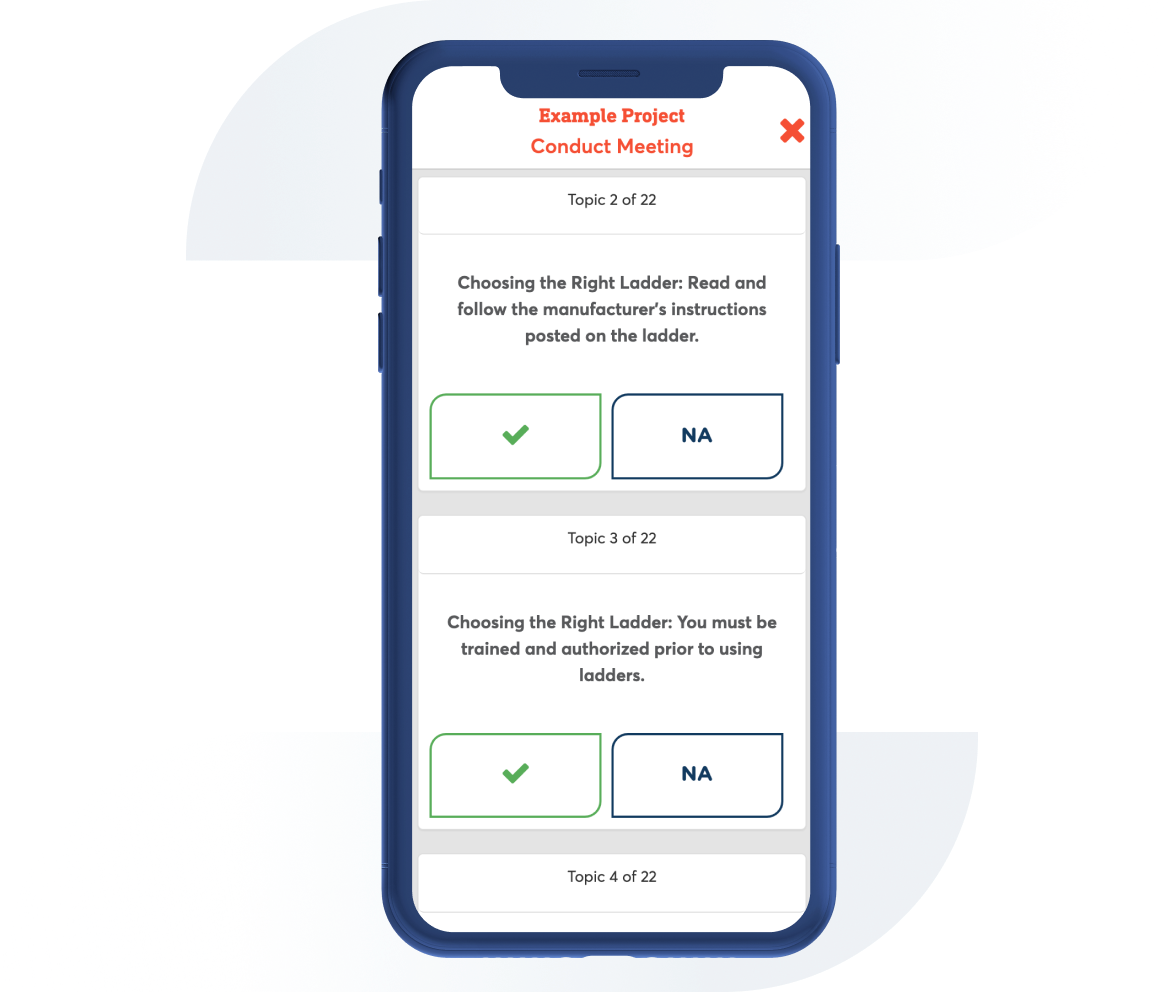Hearing Protection Toolbox Talk
Contributor: Safesite Jurisdiction: OSHA
Exposure to loud noises over long periods of time increases the likelihood of permanent hearing loss. Help employees take ownership over their hearing and wear PPE with this safety talk.

1. As many as 16 million employees are exposed to high noise levels at work. Sound enters the outer part of the ear which is made of cartilage covered by skin.Sound waves travel down the ear canal. They cause the eardrum (which is loacted at the entrance of the middle ear) to vibrate. The vibrations pass on through the middle ear by causing the small bones to vibrate. The vibrations move fluid in the cochlea of the inner ear. The cochlea is the main organ of hearing in the body and contains about 20,000 hair-like cells. The moving fluid moves or bends these cells which change vibrations into nerve impulses. The nerve impulses are carried to the brain by the auditory nerve. This nerve sends the sound signal to hearing center of the brain.
2. Noise is unwanted or unpleasant sound. Loud noise causes the hair cells to bend or go flat. Usually these cells rise back up if the noise goes away. But constant noise or a sudden load sound can be strong that the cells don't recuperate. Exposure to long-term noise may result in tinnitus. This is a roaring, ringing or whistling sensation in the ear that comes and goes or is constant.
3. To protect Your Hearing: Maintain machinery to reduce noise levels.
4. To protect Your Hearing: Know when hearing protections s required and wear hearing protection in lous-noise activities.
5. To protect Your Hearing: Wear assigned hearing protectors.
6. To protect Your Hearing: Don't wear poor fitting or damaged hearing protectors.
7. To protect Your Hearing: Make sure hands are clean before inserting or putting on hearing protectors.
8. To protect Your Hearing: Don't wear home made hearing protection.
9. Select the proper ear protection to protect your hearing.
10. Types of hearing protection include: Earplugs. These seal the ear canal and may come in standard sizes or individually-molded varieties. Some are disposable while other are reusable.
11. Types of hearing protection include: Canal Caps. These are soft pads on a headband similar to headphones. They seal the entrance to the ear canal.
12. Types of hearing protection include: Earmuffs. Similar to headphones and provide the greatest protection.
13. Write Comments or Remarks here:
Additional Comments

Can't find what you are looking for?
